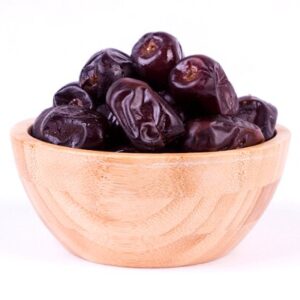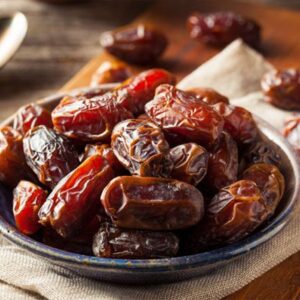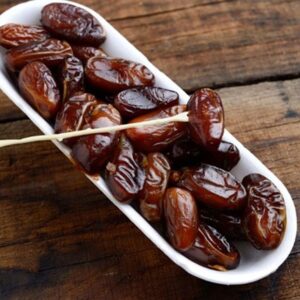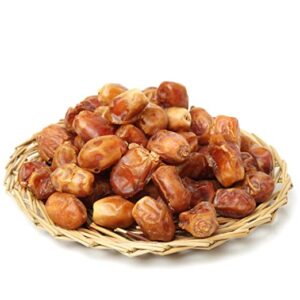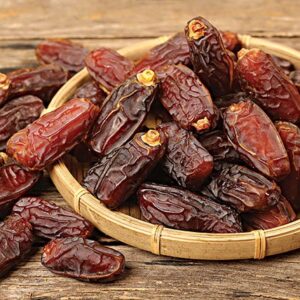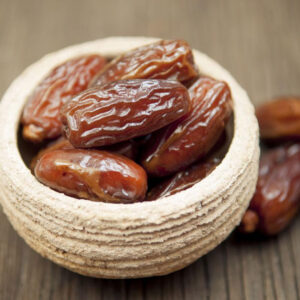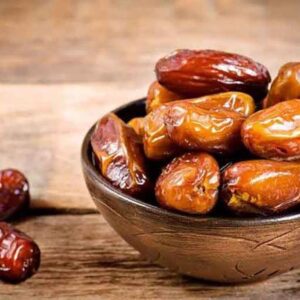Dates
One of Tidots’s specialties in the food industry is date fruit. Let’s get to know
this product is a bit more!
I. Identifications
Date fruit is the product of a date palm, a tree native to Northern Africa and the Middle East, although it is also cultivated in other parts of the world. In addition to being eaten fresh, the date fruit is dried and eaten whole as a snack or included in an assortment of desserts
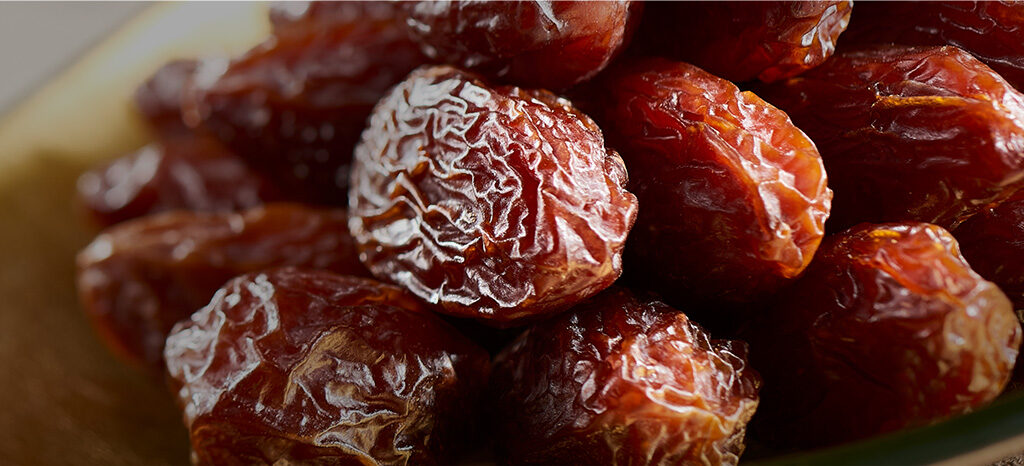
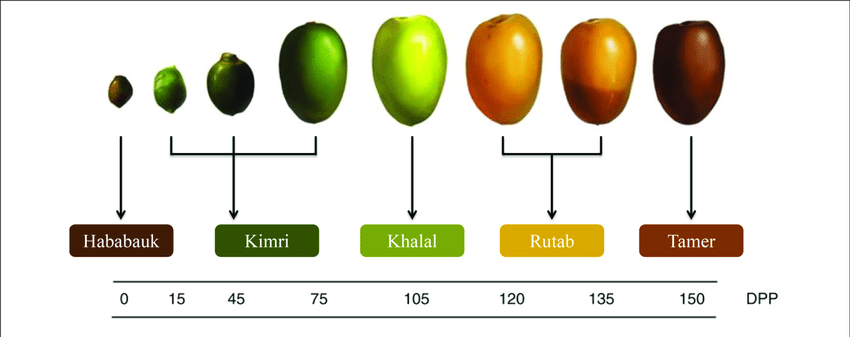
The date fruit is botanically a set made of three parts of grain with fibrous endocarp, fleshy mesocarp, and pericarp (Fruit skin). The fruit is formed on the spikelets and is attached to it by a flower cover (flower bowl or cap). It takes about 200 days from pollination to maturity, and during this, the fruit period goes through different stages. These stages are
PIAROM dates or MARYAMI dates
• Semi-dried
• The moisture level is below 15%.
• distinctive caramel taste with hints of vanilla flavor
• Thin skin with a long oval shape (2 to 5 cm)
• Color ranges from dark brown to blackish.
Mazafati dates
• The moisture level is between 15-35%
Sayer Dates
• Semi-dried
• The moisture level is between 15-18%
• soft texture and a sweet flavor
• long oval shape and about 2.5 to 4 cm
• The color of these dates ranges from brownish to orange-ish.
Kabkab dates
• Semi-dried
• Moisture level o is between 15-18%.
• Large size
• Color ranges from dark brown to blackish.
Zahidi dates
• Moisture level under 12%.
• rich nutty flavor
• The colors range from yellow gold to Amber
• medium-sized and oval-shaped
• Zahedi Date is less sweet than other kinds.
Rabbi dates
• Dried date
• The moisture level is approximately 12%.
• sweet taste
• long oval shapes (3 to 5 cm)
• The color of these dates ranges from brown to dark brown.
Shahabi dates
• Semi-dried
• The moisture level is approximately 15%
• Color ranges from Light brown to dark brown.
• Long oval shape with a pointy head
Accordion Content
Shahani dates
• Semi-dried
• The moisture level is approximately 15%
• color ranges between yellow and light brown to brownccordion Content
III. Standards
Some predominant standards:
1. UNECE standard DDP-08
2. IFS Food
3. FSSC 22000 Certification



IV. Seasanoality
| Varitey | Jan | Feb | Mch | Apr | May | Jun | Jul | Aug | Sep | Oct | Nov | Dec |
|---|---|---|---|---|---|---|---|---|---|---|---|---|
| Mazafati | - | - | - | - | - | - | - | √√√ | √√√ | - | - | - |
| Kabkab | - | - | - | - | - | - | - | - | √√√ | - | - | - |
| Sair | - | - | - | - | - | - | - | - | √√√ | - | - | - |
| Piarom | - | - | - | - | - | - | - | - | √√√ | √√√ | - | - |
| Zahidi | - | - | - | - | - | - | - | √√√ | √√√ | - | - | - |
V. Storage & Size
Storage
The appropriate temperature for storing dates in the cold stores is as follows):
• Storage for 1 year at -18 degrees Celsius
• Storage for 6 months at -6 degrees Celsius
• Storage for less than 3 months at 0-5 degrees Celsius
The product should not be stored close to heat sources.
For longer storage time, reduce the humidity to less than 20%
Dimensions
Dates are categorized based on the number of dates in 1Kg.
The unit weight of the fruit determines size. The minimum weight of dates shall be 4.0 g
VI. Packaging
VII. Processed Products
VIII. Health Benefits
These are some important Dates benefits:
• Dates are nutrient-rich
• Dates have a variety of antioxidants
• Dates are naturally sweet and provide no added sugar
• Dates support digestive health
• Dates protect heart’s health and blood sugar regulation
• Dates may offer brain protection
• Date may help ease natural labo

Tidots
Mettmaner str. 119 - 40882 Ratingen, Germany
+49-162-4195257
Quick Links
Newsletter
Get in touch about our new services, products and events



